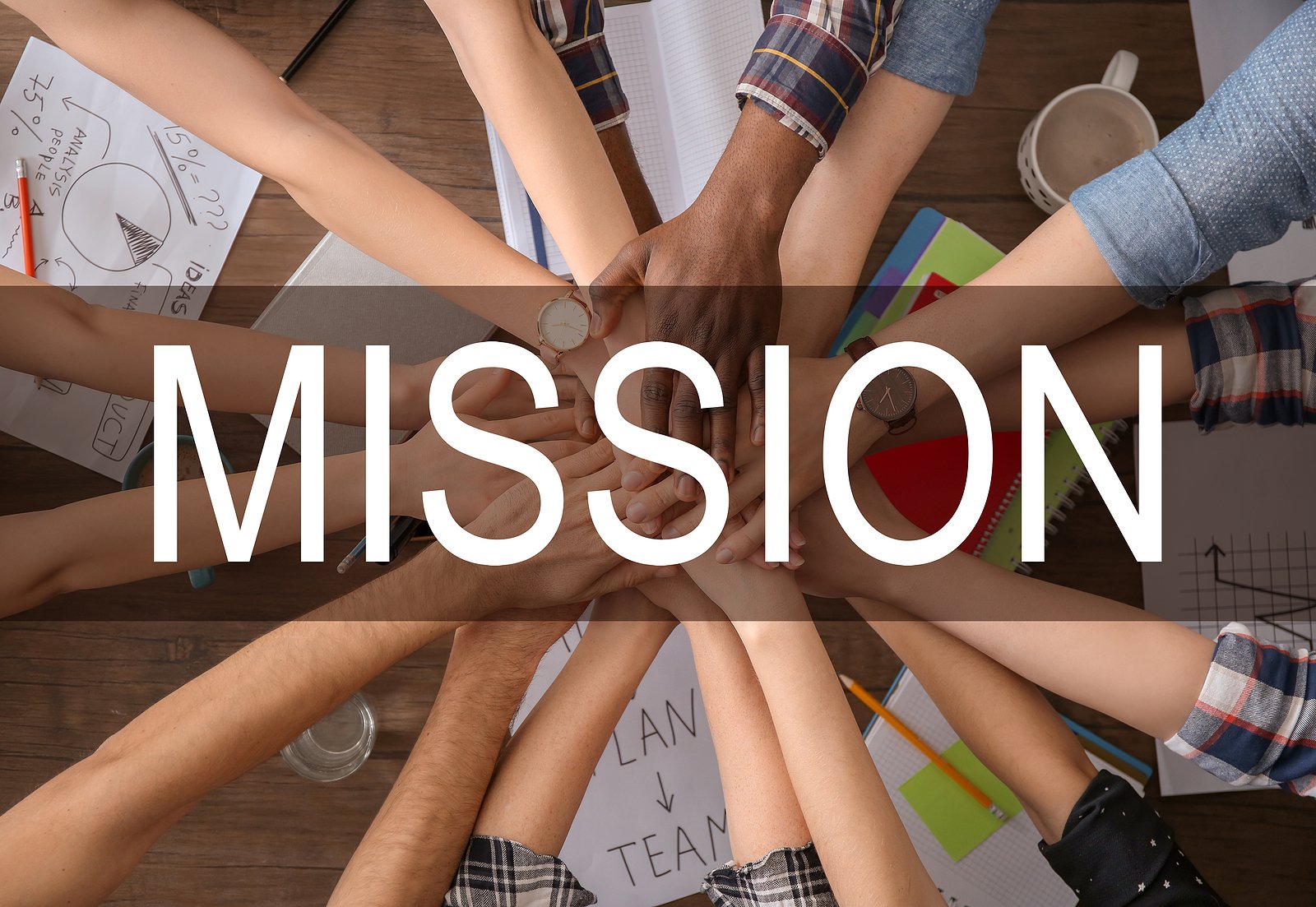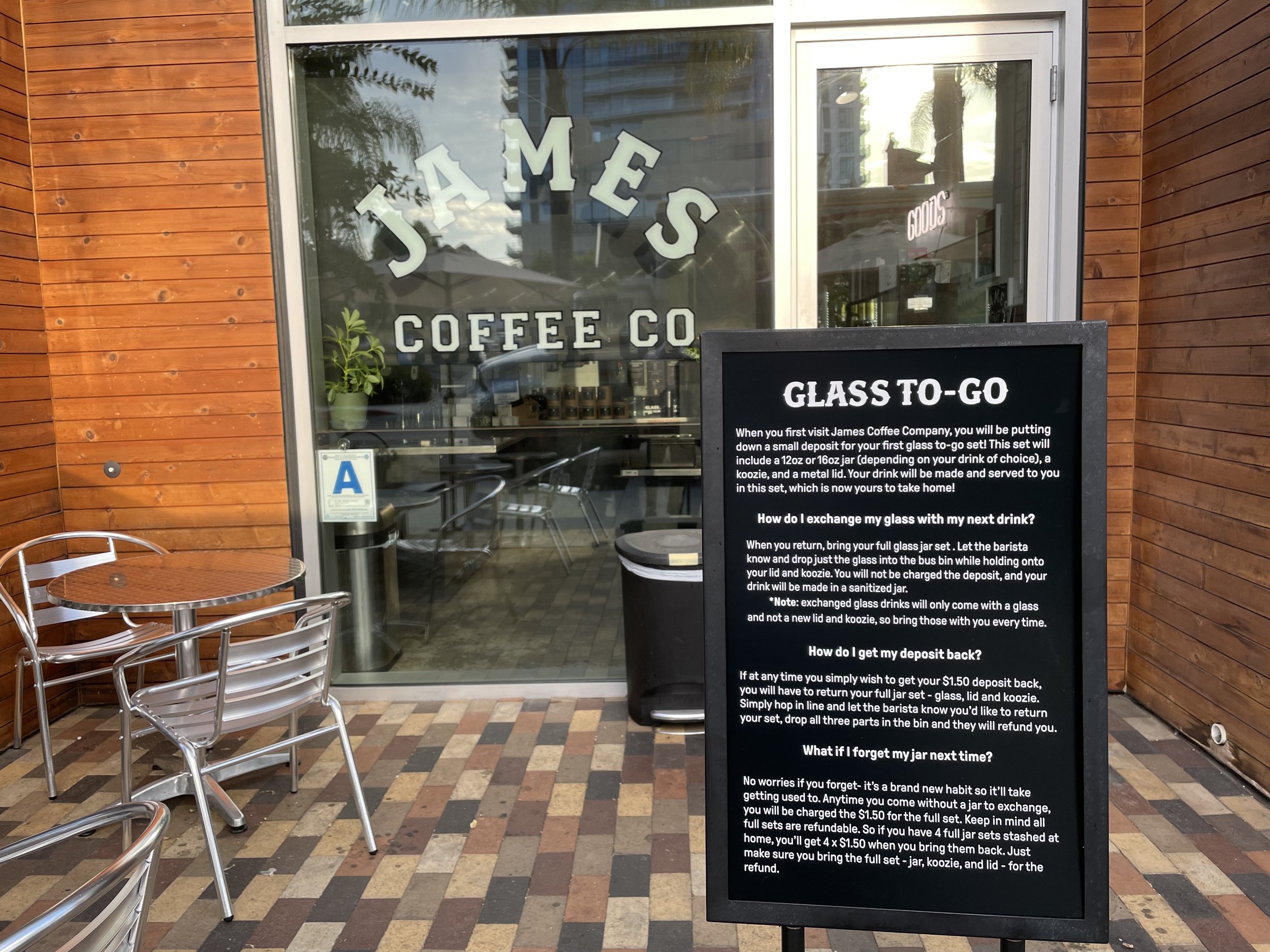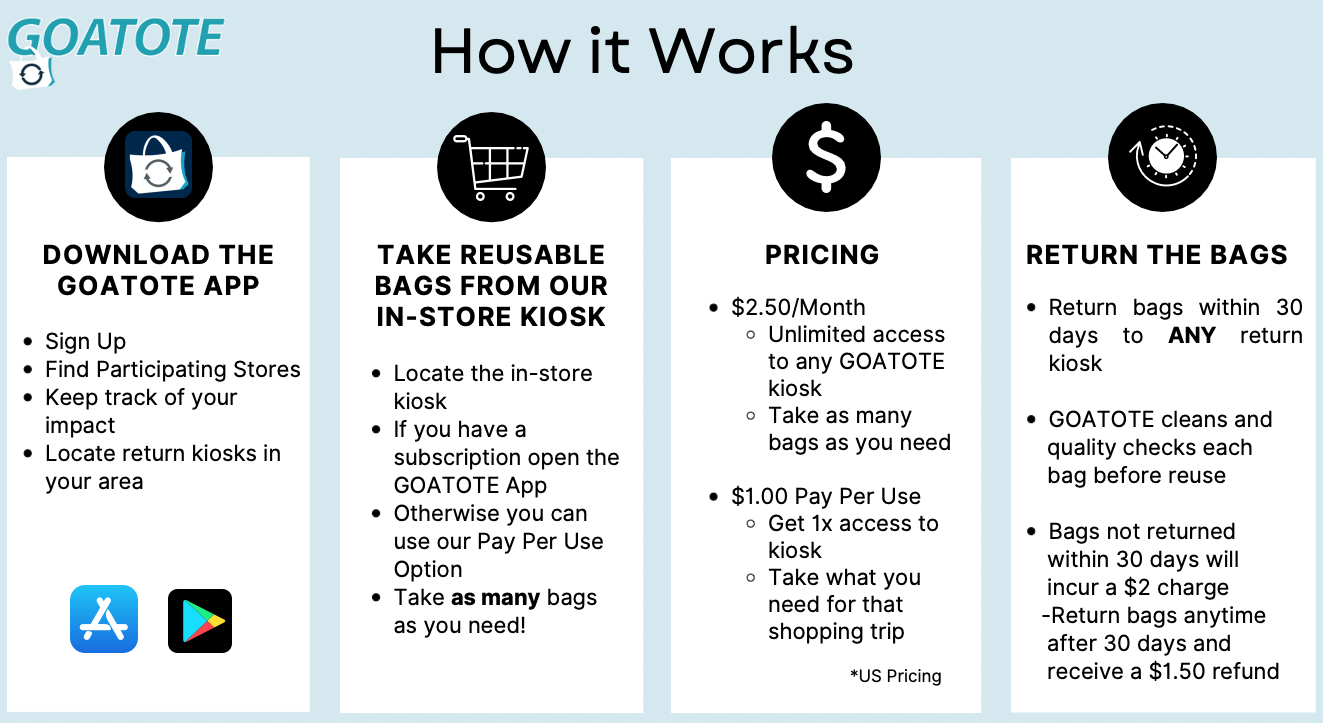Where did you learn your customer service skills?
There's a good chance many came from experience. You might even remember specific customer interactions that taught valuable lessons.
Sure, you might have taken a class. Perhaps you had a good boss or mentor. Yet those lessons often didn't sink in until you tried them out with a customer.
That's my story.
Many of my customer service skills can be traced directly to customer interactions. Here are six of my favorites, starting with the first customer I ever served.
Lesson #1: Know your product
My first customer service encounter ended in service failure.
I was 16 years old and had just started working at a retail clothing store. It was 15 minutes into my first day when the person training me went on break, leaving me by myself in the men's department.
A customer approached and asked if we carried a particular product. I had no idea since I hadn’t yet been trained. Nervous and inexperienced, I struggled to respond and the customer stormed out of the store.
It was a terrible feeling.
I vowed never to let it happen again and immediately tried to learn everything I could about our products. Just two months later, my product knowledge was improved so much that I was asked to help train a new employee.
That first experience was the motivation for my career in customer service training. Here's the rest of my first customer story.
Lesson #2: Care about the questions you ask
Just a few days into my first job, I developed the habit of approaching every customer and asking, "How are you doing?" Every customer reflexively answered "Fine," until one customer changed the script.
"I'm terrible!"
All I could muster in response was stunned silence. Before I could gather myself, she added, "Well, you asked!"
I realized I hadn’t cared about the answer. It made me wonder how many other times I might have missed something important when I asked a routine question without caring about the customer’s response.
The experience taught me to care about the questions I asked.
Just a few days later, another customer came into the store. I greeted her with, “How are you?” and she admitted she was having a bad day. This time I was prepared, and I was able to help her leave the store feeling better than when she arrived.
Lesson #3: Be a customer advocate
One of my favorite customer service lessons came from a customer who said to me, "Sometimes you have to bend a few rules to make it happen."
That was in response to me saying, "I'm just following the rules."
I was an account manager for a uniform company. The customer wanted to order some items embroidered with his company's logo, but he wasn't happy about the two-week lead time I had quoted.
My response reflected my inexperience. Just recently, my boss had chided the department for not following proper procedures and I was anxious to avoid getting in trouble. That influenced the way I responded to the customer's request for a faster delivery.
His comment stopped me in my tracks. It made me realize I didn't add any value to the relationship if I couldn't help my customer achieve his goals. I needed to be the customer's advocate.
It took extra work and a lot of creativity, but I found a way to get the customer's order out in a week instead of two. My customer was pleased and I managed to avoid breaking any rules that would have displeased my boss.
Lesson #4: Apologize deeply
"You shouldn't have to experience this."
The words blurted out of my mouth. A customer had called, upset about receiving the wrong item. I saw past their anger and empathized with the inconvenience it was causing them. Frankly, I was embarrassed it had happened.
"I'm really sorry about the mistake. We need to do better. I'm going to make sure we send you the correct item."
Something amazing happened. The customer instantly went from red to green. Their frustration evaporated and suddenly they were trying to comfort me!
"It's okay," the customer said. "These things happen. I really appreciate your help."
I had just discovered the magic of a real, heartfelt apology. It turned out it wasn't a one-time fluke. The technique worked again and again. Customers calmed down and became more cooperative nearly every time I gave a heartfelt apology.
Would you like to know the secret? Here's a short guide to making better apologies.
Lesson #5: Don't trust the system
"Did you even look at it?"
The customer had previously ordered a very expensive item that had arrived damaged. The initial call came to me, the customer service manager at a catalogue company that sold antiques and collectibles from Eastern Europe.
I promised to send him a replacement, but the replacement arrived damaged, too. His words burned me with embarrassment because I had trusted our system and hadn't checked his order.
My mistake was assuming it was a one-off error and not checking to find the source of the problem. If I had, I would have discovered our entire inventory was damaged.
From that day forward, I never assumed that a problem was a one-off occurrence. I dug into the root causes until I could find the source and be assured it wouldn't happen again.
I've lost count of how many service failures that saved.
Lesson #6: You matter
It was going to be my last day. I was working as a contract trainer, facilitating onsite workshops for clients on behalf of the company that hired me.
I was feeling frustrated and unappreciated as I set up the training room for what I expected to be my last class. My plan was to give the client a great workshop and then tell the contractor that I was done.
The contractor wasn't great. Its training materials were poor and their client service was rotten. This put me in an awkward position as their representative, since I was the one serving upset clients. I did the best I could with the limited materials and was careful to avoid disparaging the contractor.
Just before my class started, one of the client's leaders pulled me aside. She told me that she was very unhappy with the contractor, but appreciated all of my effort to consistently deliver great workshops.
Then she handed me a thank you card and a gift certificate to a local restaurant.
My spirits suddenly soared! I hadn't realized that my extra effort was noticed by the client. Now I realized that it really did matter.
That experience inspired one of my favorite customer service training exercises called the Thank You Letter Challenge. It works by imagining a thank you letter you'd hope to receive from a customer and then trying to receive a real version.
Conclusion
Customers can teach you many valuable lessons about service, if you're open to learning them. What lessons have customers taught you?



















